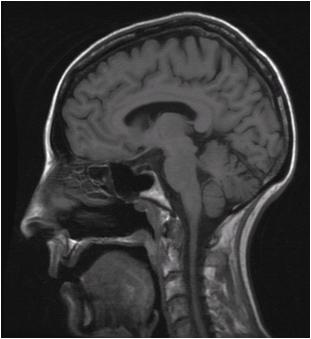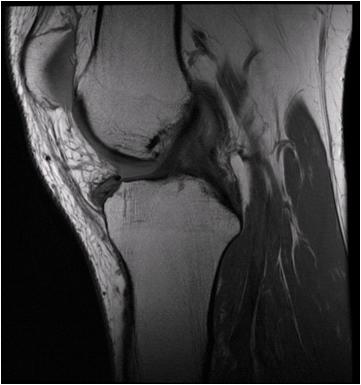Introduction
The West Midlands School of Radiology is one of the largest in the United Kingdom, currently comprising > 160 radiology registrars and 15 different hospital departments, including 6th year training in both interventional and neuro-interventional radiology.
Due to the very large geographical area covered by the deanery, it is loosely divided into FOUR sectors for Core Training, with Higher Specialist Training across the wider region based on interest and training opportunities.
The North Sector is relatively self-contained whereas the other sectors overlap centrally espacially in higher-specialist posts
The NORTH Sector is based in North Staffordshire and Shropshire mainly at the Royal Stoke Hospital, but also at Shrewsbury and Telford.
The remaining Sectors all overlap in Birmingham but then extend out across the West Midlands Region.
The EAST Sector is based in East Birmingham, Nuneaton, Warwick & Coventry
The SOUTH Sector is based in South Birmingham and extends out to Worcester & Herefordshire
The WEST Sector is based in West Birmingham and the Black Country including Wolverhampton and Dudley
There are process to further expand both a West Midlands Imaging Academy, and a wider Midlands Imaging Academy
See: https://www.hee.nhs.uk/our-work/cancer-diagnostics/training-academies/imaging-training-academies/midlands-imaging-training-academy
https://www.dream-academy.org (East Midlands)
During the five years of specialist registrar training, trainees rotate through district general hospitals, teaching hospitals and regional specialty sites. There is close supervision by departmental tutors throughout the training period and a strict annual assessment leading to a certificate of completion of training (CCT) in clinical radiology. (+/- interventional or neurointerventional radiology).
 The Specialty
The Specialty
The specialty of Diagnostic Imaging is probably one of the most rapidly expanding specialties in recent years and now offers a variety of work which can accommodate the aspirations of many doctors. Radiology acts as a significant aid in the diagnosis, management and continuing follow up of many patients from almost all specialties.
Therapeutic and interventional tests are being increasingly performed which further involve radiologists in patient management.
In addition to the widespread clinical involvement, there are the additional benefits of working within single radiological departments and the association with many levels of staff necessary in making that department function coherently.
Subspecialities
Subspecialty training is available in a large number of subspecialties. These include neuroradiology, ENT imaging, breast imaging, oncological imaging, breast imaging, paediatric imaging, musculoskeletal imaging, and interventional and neuro-interventional radiology.
Specialty Attractions
Every radiological investigation is a diagnostic challenge, which might require very simple investigative techniques, or procedures, which are extremely complicated, but nevertheless, the interpretation of any image requires a medical and intellectual challenge. The potential of ultrasound, CT and more particularly MR, is yet to be developed and therefore these challenges remain. In addition hybrid imaging is also becoming more important with physiological information from positron emission tomography being combined with CT images.
Widely varying technical skills can be accommodated. Radiologists are now intimately involved in clinical teams besides being responsible for the management of the imaging departments.
A regular on-call commitment is required which varies in intensity, depending on the hospital or sub-specialty in which the radiologists are involved. Differing levels of management involvement can be entered into as with other specialties. Private practice opportunities are usually good.
 Essential Qualifications and Personal Qualities
Essential Qualifications and Personal Qualities
- GMC registration with evidence of achievement of foundation competencies.
- Two years of post graduate medical experience is desirable.
- Good problem solving and decision making skills.
- Ability to organise themselves at work and have good written and spoken communication skills.
- Capacity to work in a multi-professional environment and also have the capacity to work under pressure.
- Demonstrate insight and interest in radiology.
The essential qualifications and desirable personal qualities are outlined in more detail on the Royal College of Radiologists site under “Person specification for application to a specialist training post.”
More information about Radiology is available directly from the Royal College of Radiology
 Telephone: 020 7636 432
Telephone: 020 7636 432  www.rcr.ac.uk
www.rcr.ac.uk